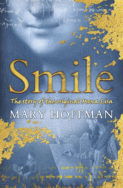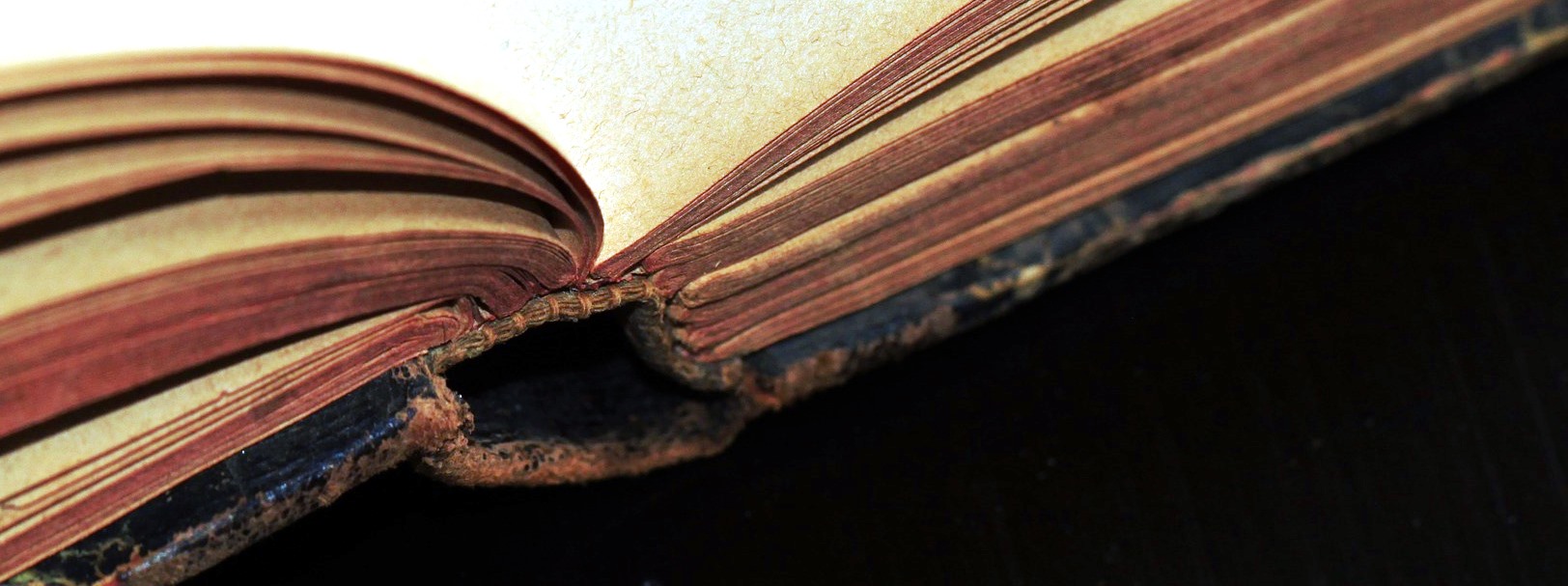Imagining the life behind the masterpiece
‘Leonardo was nearly thirty when he drew me for the first time. His father was Piero, a notary in the city.’
This historical novel for teens vividly imagines the life of the woman who could have been behind Leonardo da Vinci’s masterpiece. When Lisa crosses paths with the great painter, his portrait of ‘Lovely Lisa’ will become his masterpiece, and her smile will capture the imagination of the world.
Extract from Smile: The Story of the Original Mona Lisa
By Mary Hoffman
Published by Barrington Stoke
“Lovely Lisa,” he always called me. Of course, I was a baby then so I don’t know if I remember his words or if someone told me. But whenever I felt sad about something I hugged the words “lovely Lisa” to comfort me.
I hugged, too, the knowledge that Leonardo, the greatest artist in Italy, drew my portrait when I was little.
I was the first child born to my parents. I know now that my father’s first thought was probably, ‘A girl? Oh no! I’ll have to find a dowry if she’s to have a husband.’ But in the four golden years before my little brothers and sisters came along, I never felt that Father was disappointed in me.
And his second thought might have been, ‘At last – a living child!’ Father had lost two wives and the babies in their wombs before his third wife, my mother, made him a father. He loved me the more because of that, I’m sure.
We were not rich, but not poor either. We lived in the magnificent city of Florence – in a rented house in a rather smelly street on the south side of the river. My father insisted that our family was noble in origin and that – as a nobleman – he had no need for a job.
He owned farms outside the city and the money we lived on came from the rents that farmers paid him and the sale of wheat and animals. And as our family grew, with my three brothers and three sisters, the money had to stretch further.
So, what I remember of my early childhood was lots of love, especially from my father, enough food and clothes but nothing grand, a house in stinky old Via Squazza, and the story that a great artist had drawn my picture as a baby.
But I knew it was more than a story because that great artist, Leonardo da Vinci himself, had left my parents one of his drawings. Of course, Leonardo wasn’t so well known then. As I got older, I asked my parents about him and found that he had left Florence when I was three to go to work for the Duke of Milan.
And yet I could just remember the young man with the long fair hair and the velvet cloak the colour of roses. He was so very good-looking that I thought he was some kind of angel.
Leonardo was nearly thirty when he drew me for the first time. His father was Piero, a notary in the city, and Leonardo was his only child.
“But born out of wedlock,” my mother insisted. She took a strict view on such matters. “It was good of Piero to accept Leonardo as his son, when he was the result of a tumble with a servant.”
Even when I was very young and innocent, I felt this wasn’t quite right. Piero didn’t deserve praise for that. I knew it took two people to make a baby.
And so Piero da Vinci accepted this son, who turned out to be such a remarkable man. Piero and his first wife – for old Piero would go on to have four wives and twelve children – both raised that first boy.
Because he was born out of wedlock, Leonardo couldn’t be a lawyer or a doctor or even a notary like his father. And so, when his talent began to show, Leonardo was made apprentice to one of the city’s great painters – a man called Andrea with the nickname “of the True Eye”.
A Note on Smile from Mary Hoffman
There have been many theories about the woman who posed for Leonardo da Vinci’s portrait known as Mona Lisa, now in the Louvre Gallery in Paris.
I believe that the most likely model is Lisa Gherardini, the wife of a Florentine silk merchant called Francesco del Giocondo. The painting is sometimes called La Gioconda, which could mean “wife of Giocondo” or “the happy one”, which fits well with the portrait’s famous smile.
Leonardo never handed over his painting to Francesco del Giocondo. He still had it when he died in France in 1519, more than ten years after he left Florence. It must have had some deep personal meaning for him.
I have made the story of Smile up, apart from the facts of births, deaths and marriages.
 Smile by Mary Hoffman is out now published by Barrington Stoke priced £6.99.
Smile by Mary Hoffman is out now published by Barrington Stoke priced £6.99.















